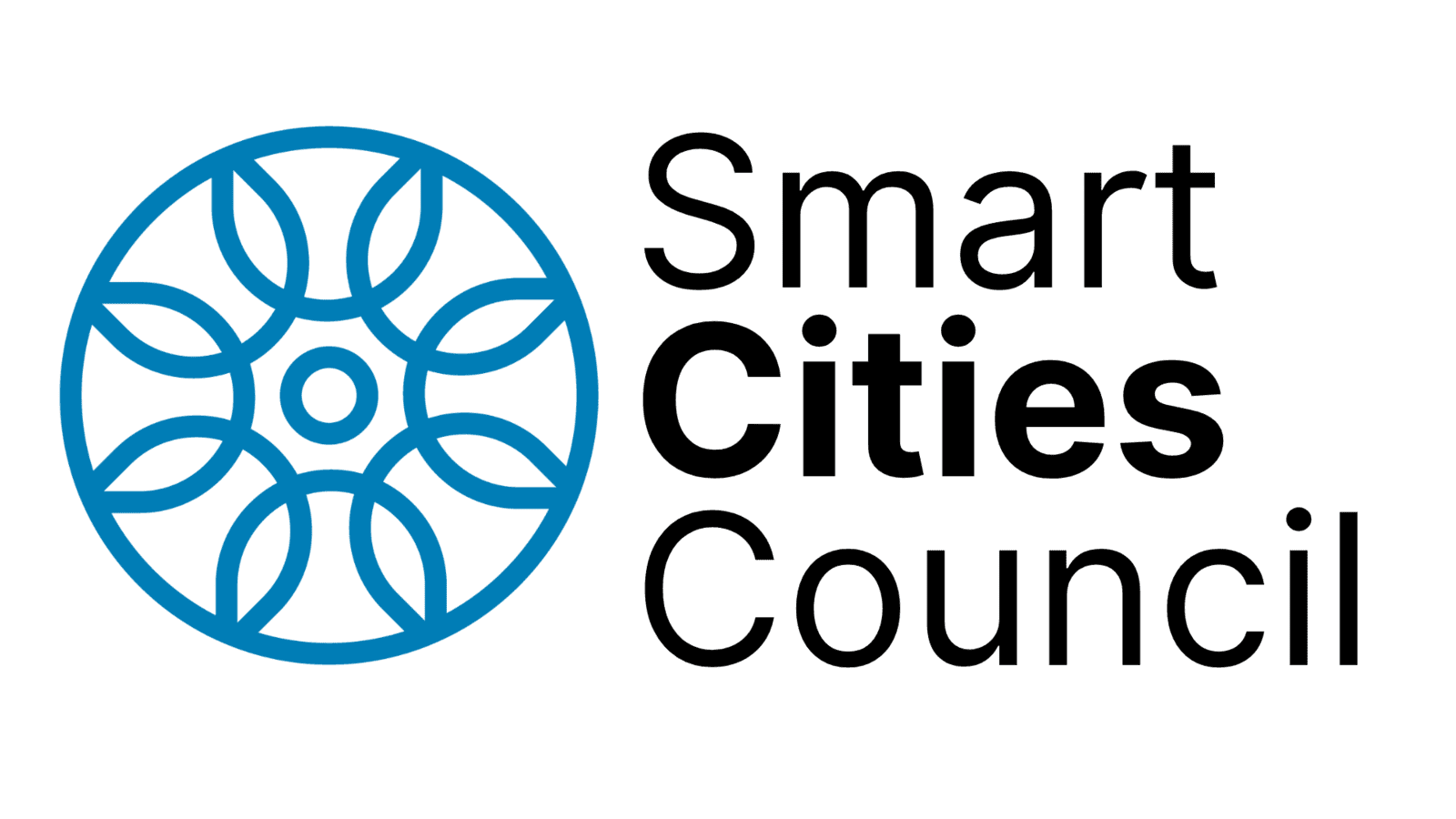In 2021, after years of collaboration with government and industry, the Smart Cities Council launched a groundbreaking draft Digital Twin Blueprint. The initiative aimed to ignite a vibrant digital twin marketplace across Australia and New Zealand, enabling smarter decision-making for the built and natural environments. This framework was designed as a freely available, collaborative resource, rather than a rigid strategy, to shape policies, empower stakeholders, and foster innovation in planning, managing, and delivering services.
Since then, a Digital Twin Maturity Task Force emerged to build on this work by introducing the Digital Twin Maturity Matrix. Leading this charge is Keri Niven, Chair of the Task Force and Digital Practice Lead at Aurecon New Zealand. With over 20 years of international experience in engineering, geospatial technology, and digital transformation, Keri is uniquely positioned to guide these critical discussions.
Listen to the Task Force Briefing Note or keep reading to download a copy of the Matrix.
The Digital Landscape: Progress and Challenges
In a recent conversation with Smart Cities Council prior to the 2025 Digital Built World Summit, where the Matrix was presented to stakeholders from across industry, Keri described her role as encompassing broad responsibilities, from internal innovation at Aurecon to engaging with clients and partners to understand industry-wide challenges and opportunities. Digital twins have become a significant part of these conversations. “We’ve seen growing activity across sectors, from project-level pilots to organization-wide implementations,” Keri notes.
While there’s no shortage of enthusiasm, foundational issues like data standards, governance, and lifecycle management remain under-discussed. According to Keri, these “unsexy but essential” elements are critical for long-term success: “Maturity isn’t about buying a twin off the shelf; it’s about taking ownership—understanding your data, structuring it thoughtfully, and aligning it with your strategy.”
Measuring Maturity and Delivering Value
The Task Force’s focus on maturity involves more than technical metrics. Keri emphasizes a shift toward outcome-based assessments:
“It’s not just about whether you have a data or simulation twin. It’s about whether your twin provides the right information to solve problems and deliver organizational value.”
As organizations mature, they evolve from basic data capture to automated processes and even semi-autonomous digital twins powered by AI. However, Keri cautions against overhyping AI without a strong data foundation: “AI, like digital twins, relies on robust data. If your foundation isn’t solid, your results will be questionable. The connection between digital twins and AI will be defined by maturity and the ability to critically assess outcomes.”
The Road Ahead
The Task Force plans to engage with practitioners, exploring functional outcomes, foundational capabilities, and shared learnings. Their goal is to now release the Maturity Matrix for industry comment and testing, which will be captured in a series of conversations at events and online.
So, who needs to join these conversations? Keri stresses inclusivity: “To build the most complete picture, everyone needs to be at the table—public and private sectors, professional bodies, and beyond. The original blueprint captured where we were; now we need to define where we’re going.”
Join the Conversation
Want to hear more from Keri Niven about the evolving role of digital twins and the path to maturity? We are working to identify use cases that will test the matrix and drive future iterations, as well as join conversations around how digital twins, data insights, and AI are reshaping industries, and discover how your organization can lead the charge.
Download a copy of the Digital Twin Maturity Matrix using the form below. We encourage industry to send questions, use cases and feedback to engagement@smartcitiescouncil.com

